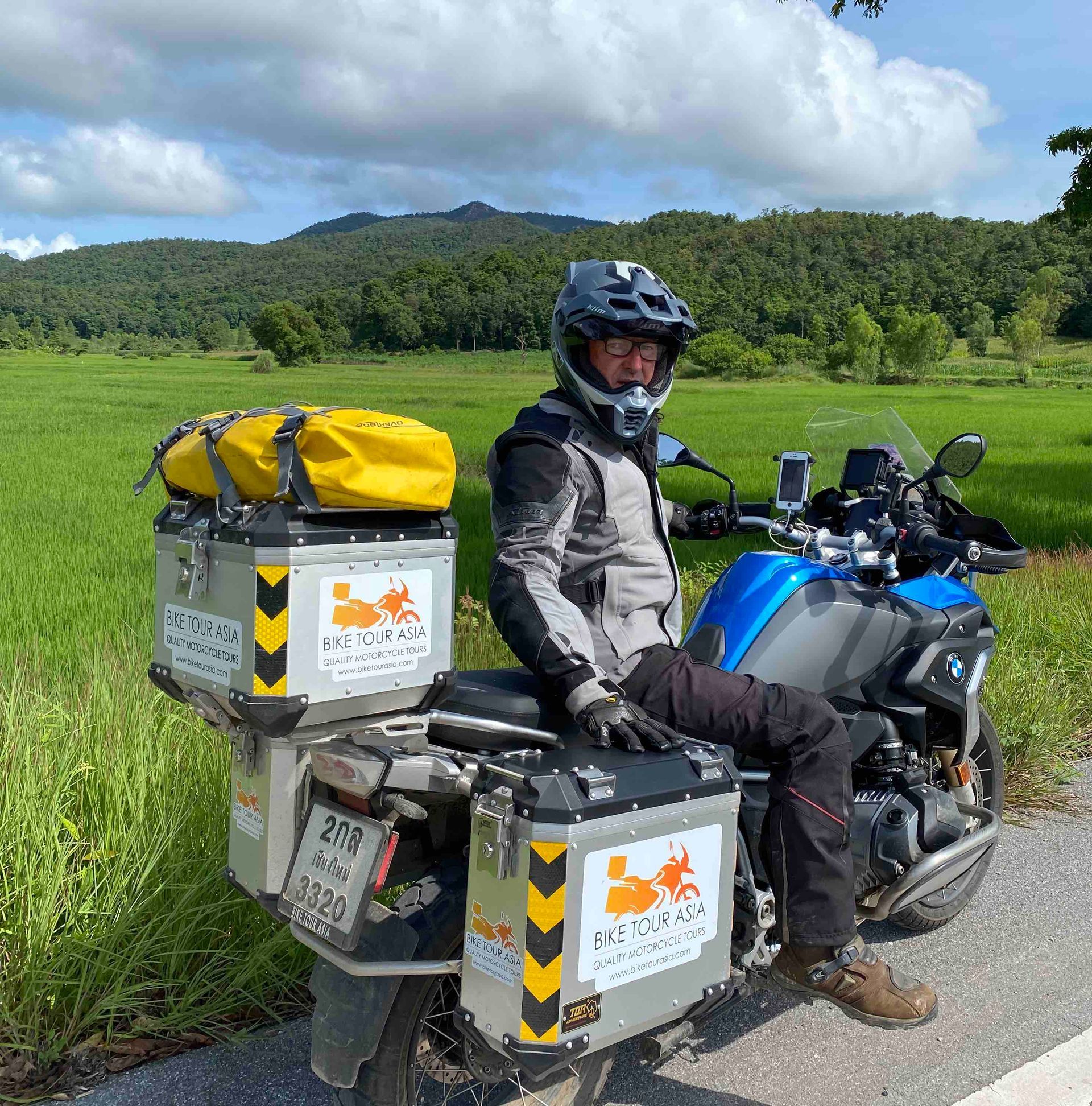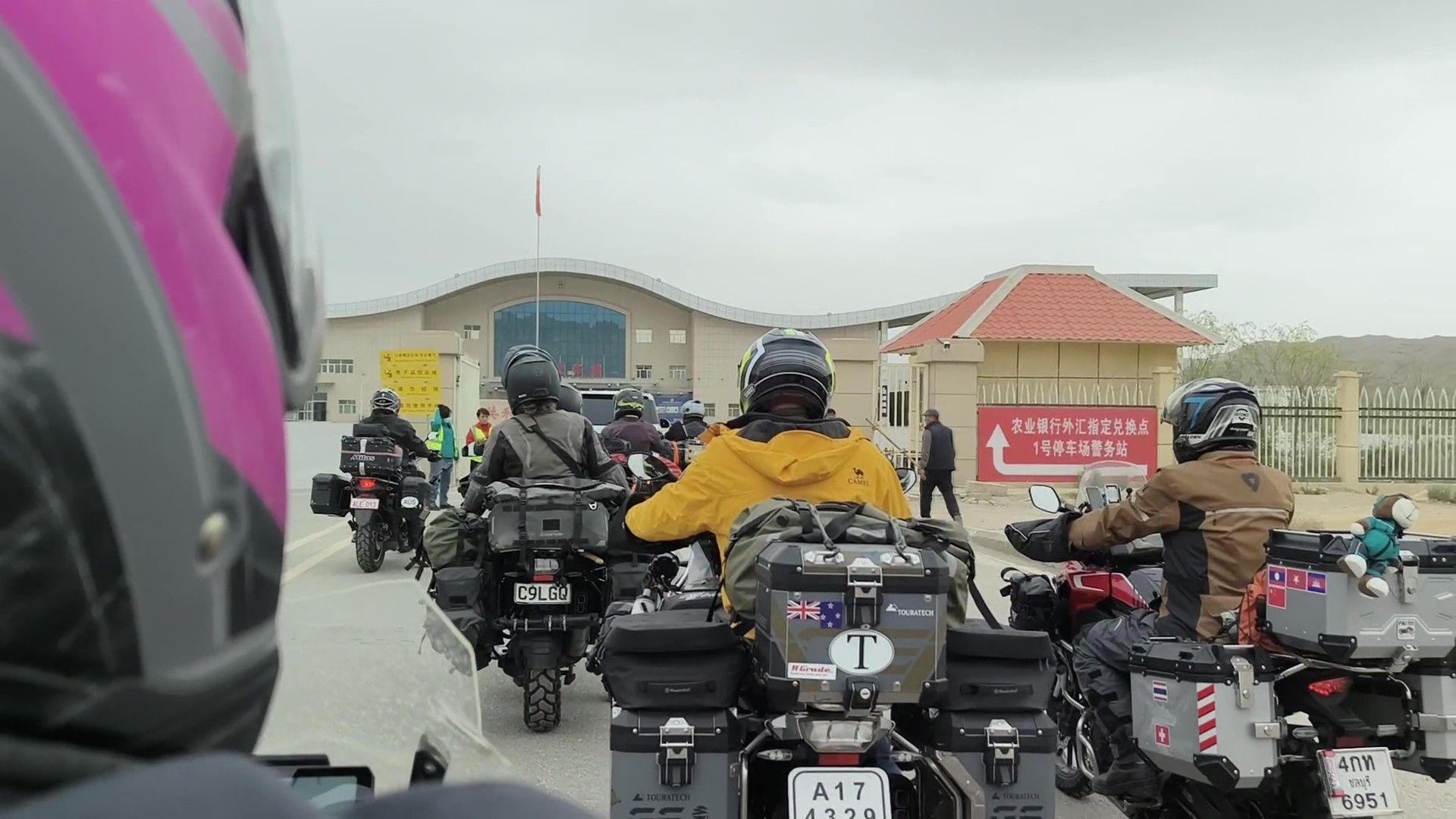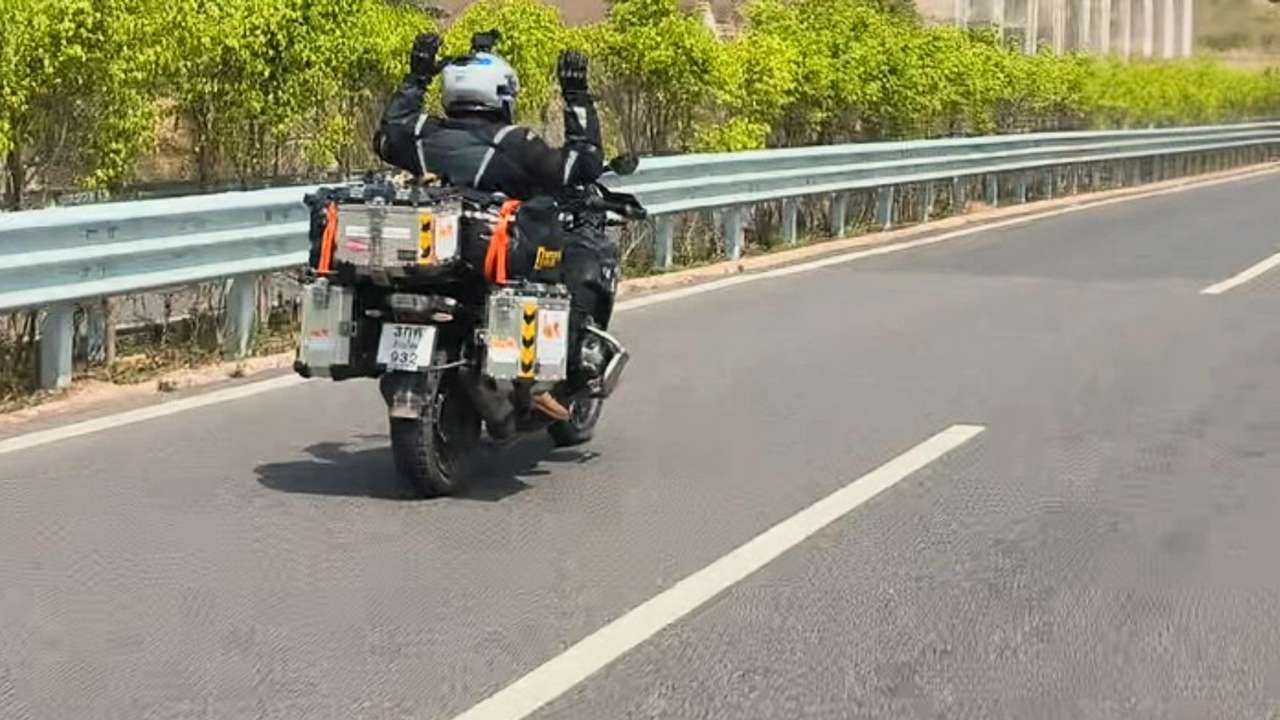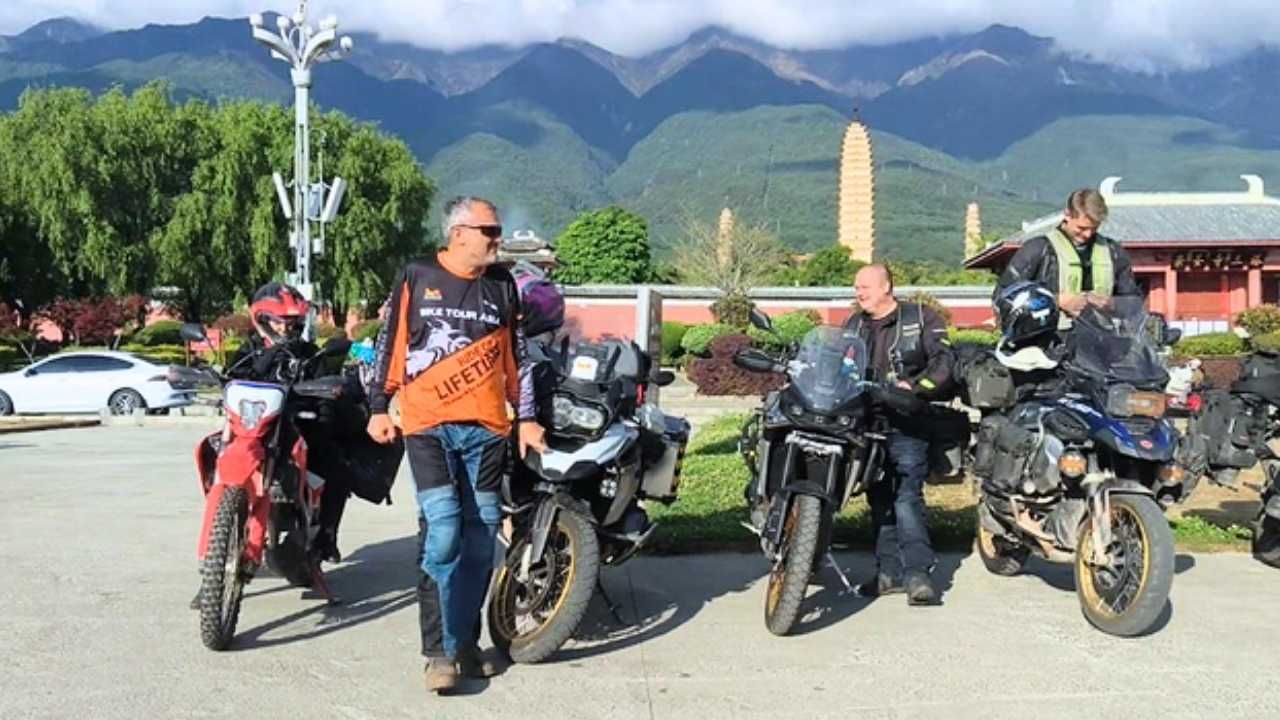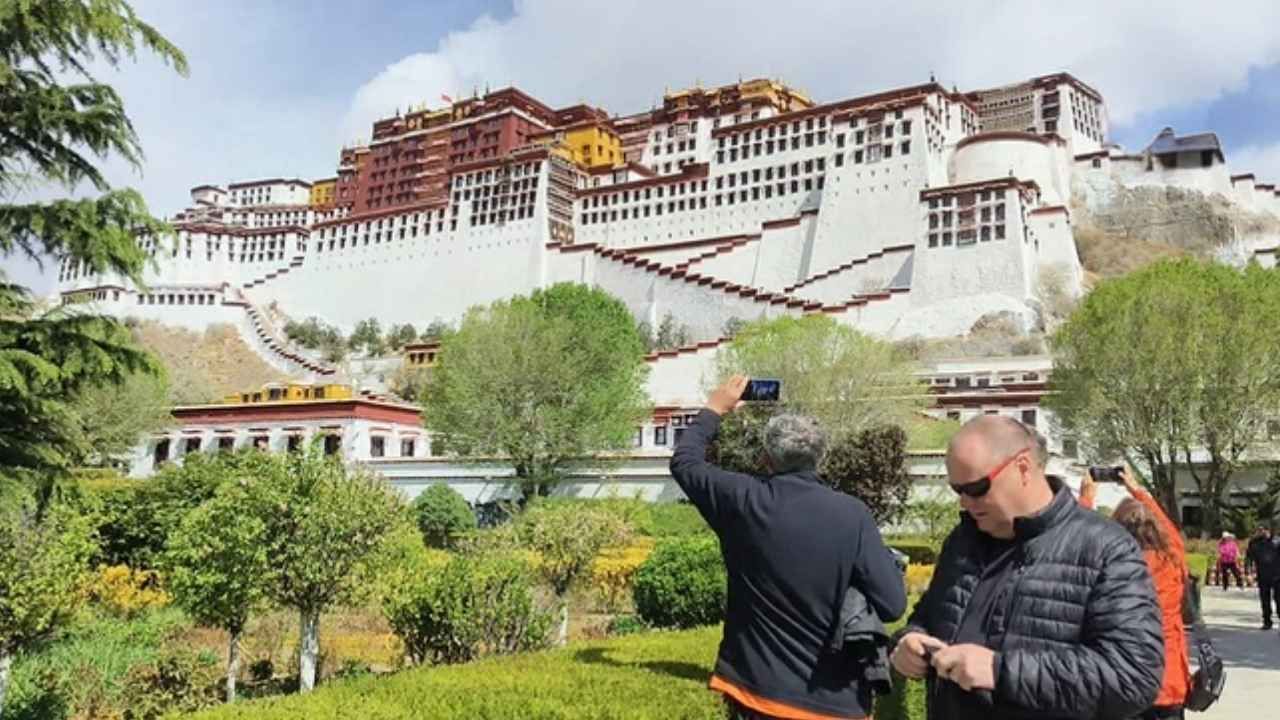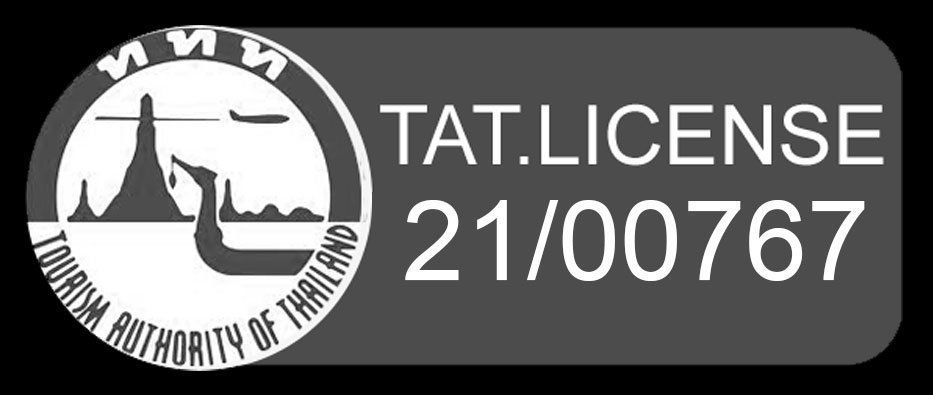Thailand to China by Motorcycle (Via Laos): Border Crossing Guide 2025
Updated October 2025. Border regulations change frequently, please confirm details before travel.
Riding across borders in Asia is more than just moving from one country to another. Each border brings a shift in the air, the road, and the rhythm of life around you. On a motorcycle, you feel those changes directly, the wind, the smells, the sights and every checkpoint becomes a small adventure.
Why Border Crossings Feel Like the Ultimate Adventure
Border crossings are a mix of anticipation and patience. You prepare your passport and paperwork, ride up to the gate, and wait your turn. On a bike, you notice details that cars or buses hide: a vendor selling street food, a local waving from the fence, or children playing nearby.
The adventure is in the moments between lines, stamps, and permits. You feel how life changes across borders before your tires even touch the new country’s roads. Each crossing marks a tangible step into a new world.
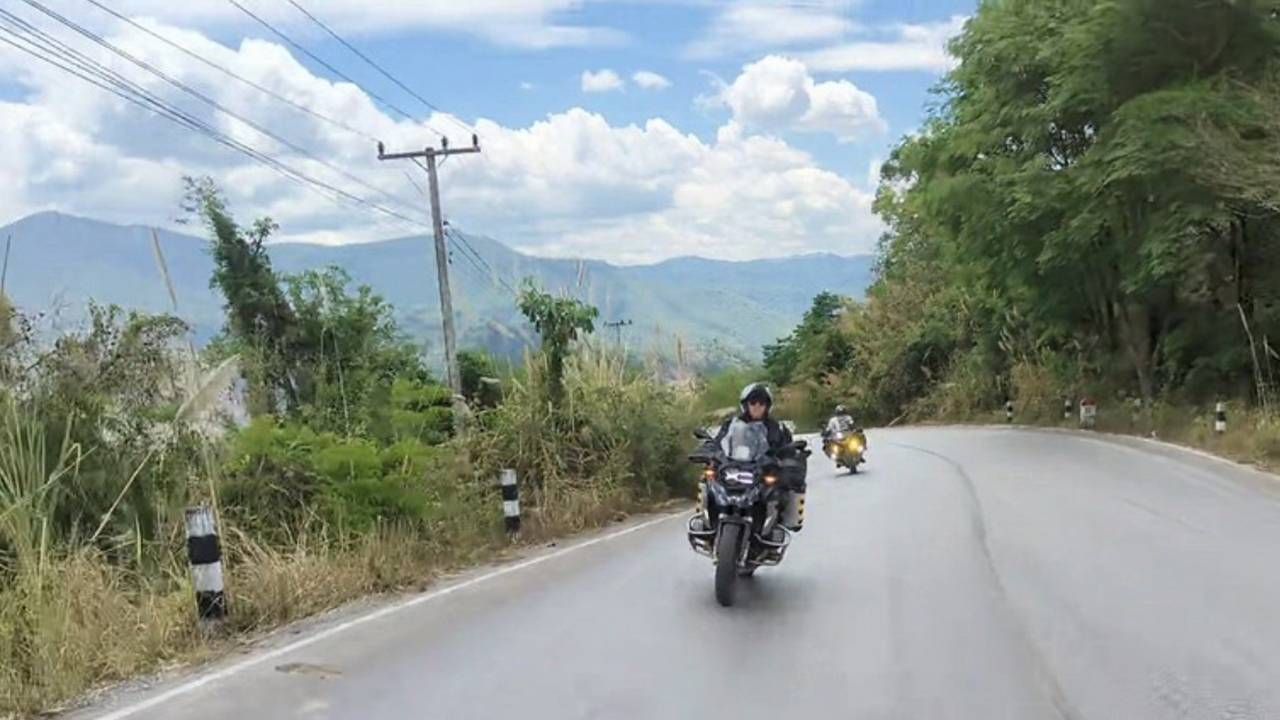
Riding from Thailand to Laos – New Scenery, New Pace
The journey often begins in Chiang Mai, northern Thailand’s hub for mountain riding. Roads twist through the misty hills, past small villages, rice terraces, and roadside coffee shops. The Mae Hong Son Loop gives riders a chance to get familiar with switchbacks and variable road conditions before heading into Laos.
Crossing into Laos, the landscape slows down. Roads narrow, curves are gentle, and rivers trace alongside the route. Villages appear less frequently but feel closer, with locals often smiling or waving. Dirt tracks might appear suddenly, requiring careful riding, especially after rain.
Preparing to Leave Thailand
Before you even roll up to the border, make sure you have the essentials in order.
- Passport and Visa: Your passport should be valid for 6+ months. Check visa requirements for your destination. Laos: visa on arrival (~$35–40). China: apply in advance.
- Motorcycle Registration: Bring the original registration certificate of your bike. Customs will want to see it to confirm the bike belongs to you.
- Driver’s License: Bring your home license. An International Driving Permit (IDP) avoids most complications.
- Thai Customs Paperwork: a Temporary Export Document (sometimes called a Simplified Customs Declaration Form) from Thai Customs at the border. Officials will check the motorcycle, note details, and stamp the form to prove your motorcycle is leaving Thailand legally.
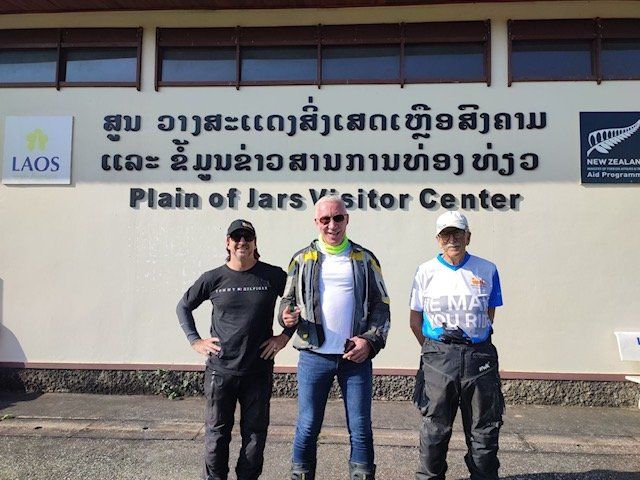
Crossing into Laos
Once you arrive at the Lao border, you’ll move from paperwork to paperwork and then onto the roads.
- Present your passport, visa (on arrival ~$35–40), original bike registration, and Thailand export document (from above).
- Officials will record your motorcycle’s chassis and plate number, matching it against your Thai export paper and registration.
- Customs will inspect the bike and issue a temporary import permit, typically valid for the same duration as your entry visa (15–30 days).
- Temporary insurance for the bike is compulsory for all foreign vehicles; you can often purchase it at the border. Typical cost is ~60,000–70,000 LAK ≈ $6–7 USD for 10 days.
Scenarios Riders Face
- If you arrive after 4 pm, the customs office may be closed, forcing an overnight stay in Chiang Khong or Huay Xai.
- If you don’t have multiple photocopies of your registration, you’ll pay ~10 THB per copy at some shops near the checkpoint.
- Border officials are generally relaxed, but small delays happen if you’re behind Chinese truck convoys.
- Road types: Paved highways, mountain roads, occasional dirt tracks.
Riders often describe Laos as a place where you have to slow down and pay attention. The journey becomes less about speed and more about noticing details: river reflections, small temples, or the scent of a wood fire from a distant house.
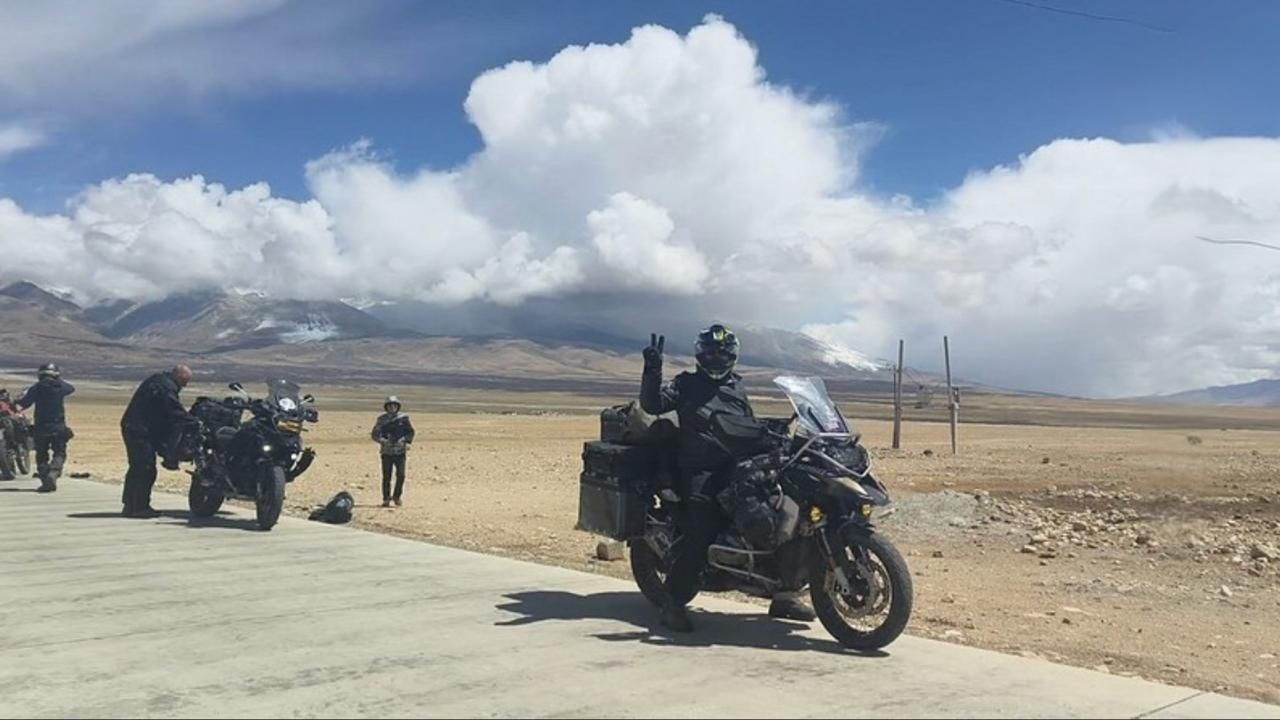
What Awaits in Tibet Along the Route
As you move north toward China, the landscape starts climbing. Highland roads twist through valleys and plateaus. In the Tibetan-influenced areas of Yunnan province, prayer flags hang above villages, and monasteries perch on hillsides.
Riding here can be physically demanding. Altitude affects both bike performance and rider endurance. Roads vary from smooth asphalt to rough patches, and weather can change quickly. But the payoff is dramatic scenery: deep gorges, high peaks, and rivers cutting through the valleys below.
BTA Tips for Riders:
- Acclimate to higher altitudes gradually.
- Ensure your bike is tuned for climbs and thinner air.
- Check local traffic rules, which can differ from Thailand and Laos.
The moment you cross into Yunnan, the ride feels different. Terraced rice fields unfold like giant steps, and within an hour the road starts climbing into switchbacks that cling to the cliffs. Trucks grind slowly uphill, horns echoing in the gorges, while villages hang with red lanterns and prayer flags. It’s beautiful but it demands focus. The asphalt is smooth, then suddenly broken, and a mist can roll in that changes the light in seconds. China doesn’t just welcome you; it tests you.
The road quality improves in many areas, but there are still remote stretches that require caution. Signs may be in Mandarin, so offline maps or GPS navigation are helpful. Riders also notice subtle cultural shifts: the architecture, cuisine, and local customs vary from village to village.
Entering China – Energy, Culture & Landscape Transformed
Moving into China brings new paperwork and new landscapes.
- Your passport (6+ month)
- Visa: You must secure a Chinese tourist visa in advance, travel agencies usually handle the invitation letter and permits, but in theory you can apply yourself. Be warned, it’s complicated and rarely approved without agency help.
- Bike registration
- The Lao export/import documents.
- Temporary import permit: Foreign motorcycles cannot obtain a permit on arrival. You must arrange an official Chinese travel agency to secure permits, a licensed guide, and temporary Chinese plates/insurance before attempting the border.
- Insurance: Chinese temporary insurance is mandatory, and your guide/agency will usually handle this paperwork in advance.
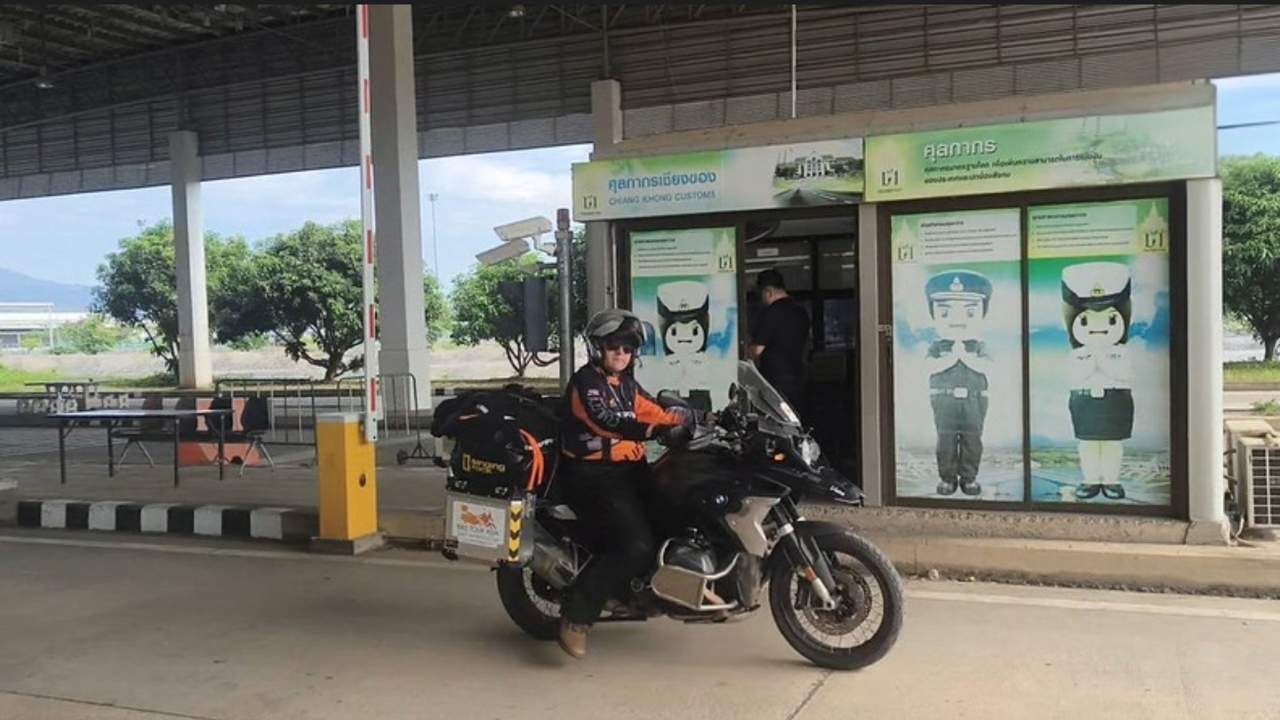
Border Crossing Survival Tips
- Arrive Early: Borders can get busy; mornings are usually quieter.
- Keep Copies: Multiple copies of your passport, license, and bike documents make things easier if originals are requested. (And keep the digital versions!)
- Organize Papers: Keep documents in a tank bag or waterproof folder for quick access.
- Be Patient: Delays happen, but they’re part of the adventure. Observing local life while waiting can be memorable.
- Plan for Insurance: Temporary coverage is often needed; buy it at the border if possible.
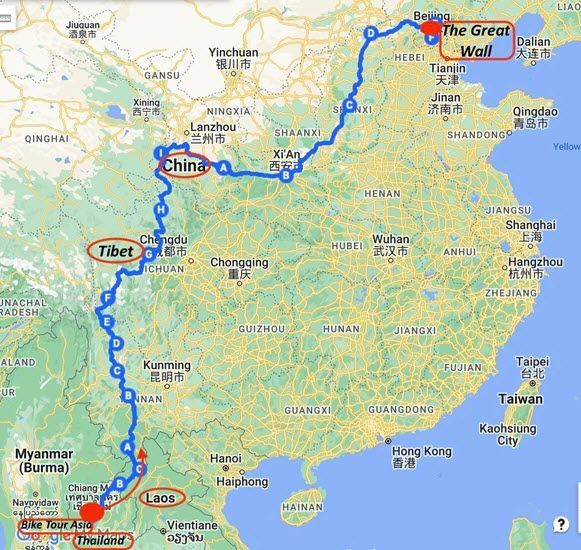
Linking Southeast Asia to the Great Wall
Few rides allow you to experience such a wide range of landscapes and cultures. From Thailand’s hills and rivers, through Laos’ quiet villages, into China’s gorges and plateaus, every mile is a lesson in geography and humanity.
The Chiang Mai to Great Wall route combines these experiences into one continuous journey. Riders move naturally from tropical mountains into highlands, cross borders, and meet new cultures along the way. Every pass, every checkpoint, every village adds a chapter to the story.
Route Highlight: https://www.biketourasia.com/chiang-mai-to-the-great-wall
Riding across borders in Asia is unforgettable but permits, customs, and local rules can quickly turn into roadblocks. Bike Tour Asia has been guiding riders through Thailand, Laos, Vietnam, Cambodia, Myanmar, and China for over a decade. Their fully supported tours like the Chiang Mai to the Great Wall expedition. We let you focus on the adventure while we handle everything else.
If you want the thrill of crossing borders without the hassle, join one of Bike Tour Asia’s multi-country rides and experience the road the way it’s meant to be.


